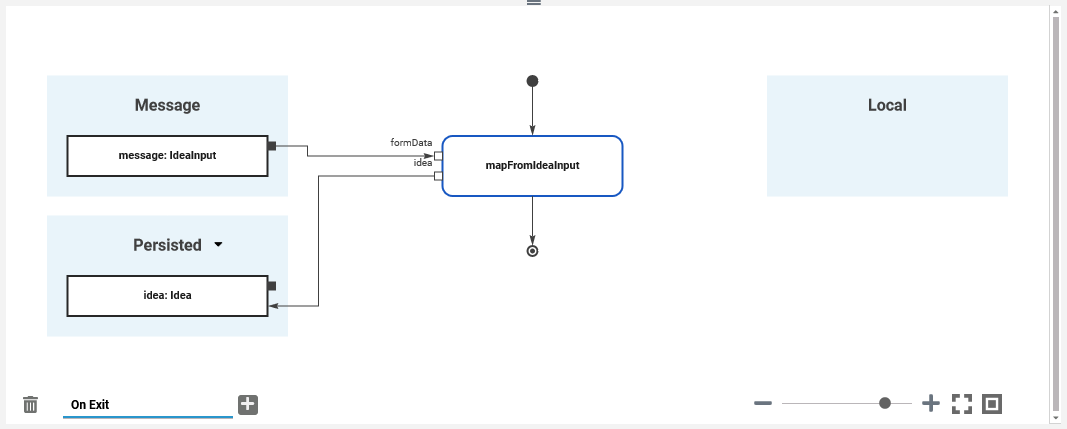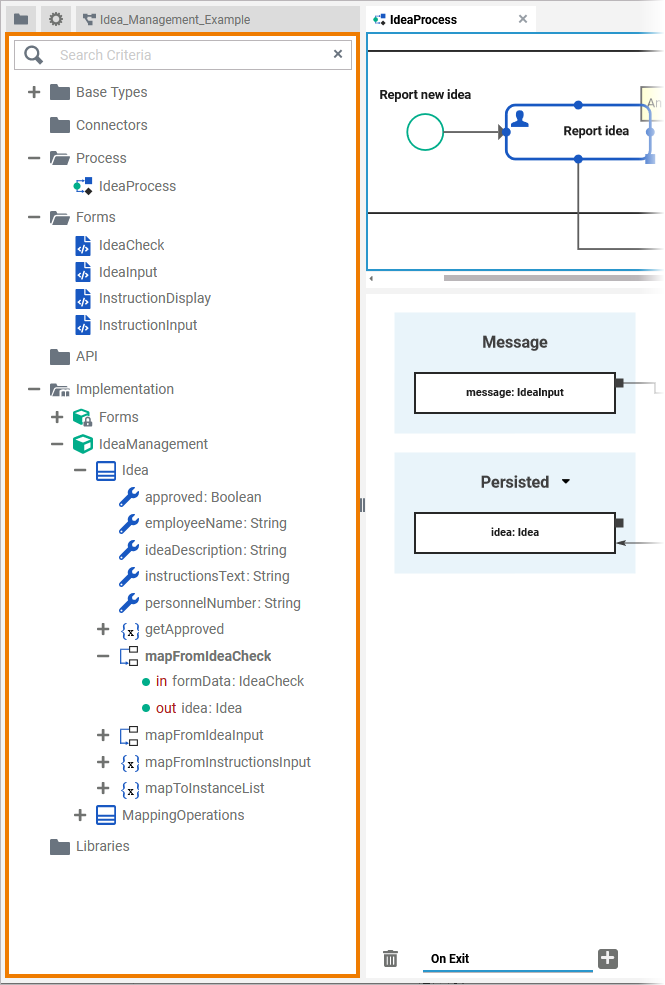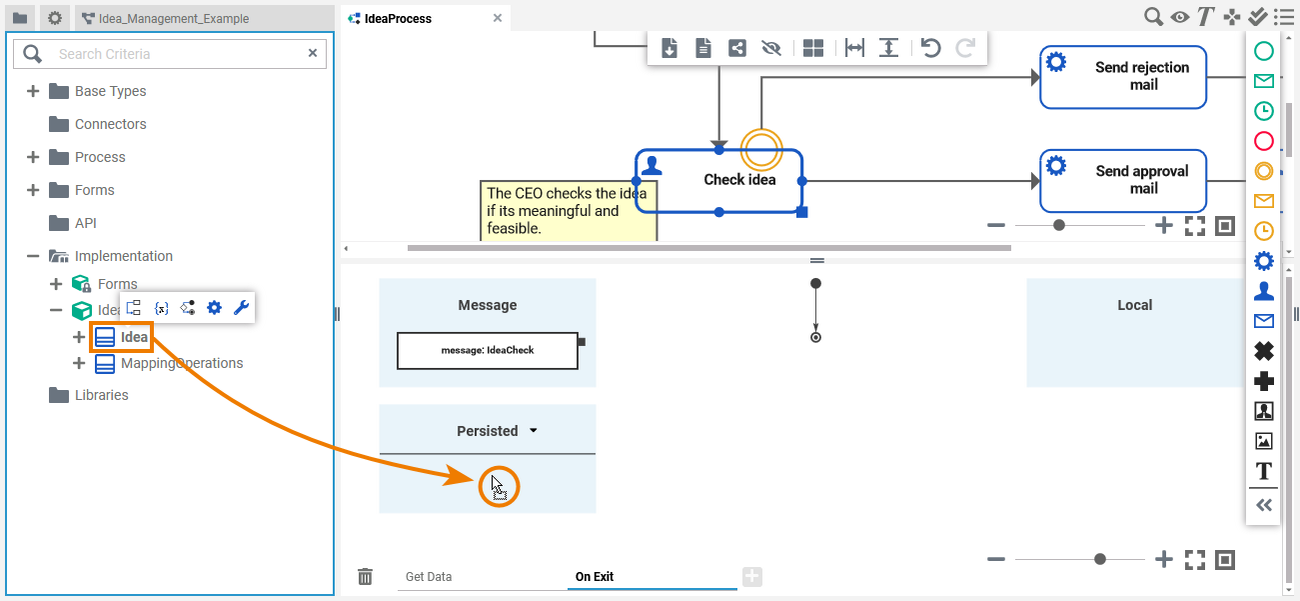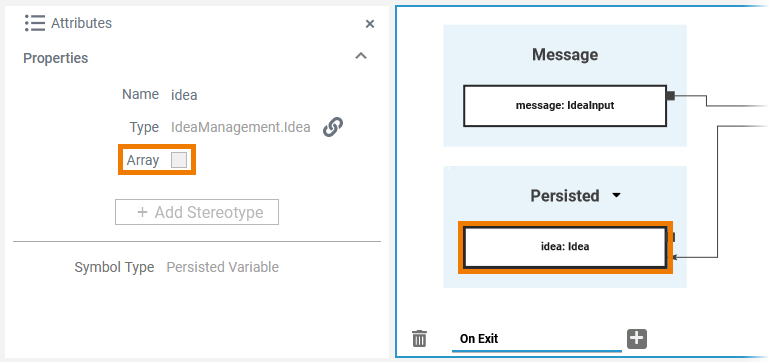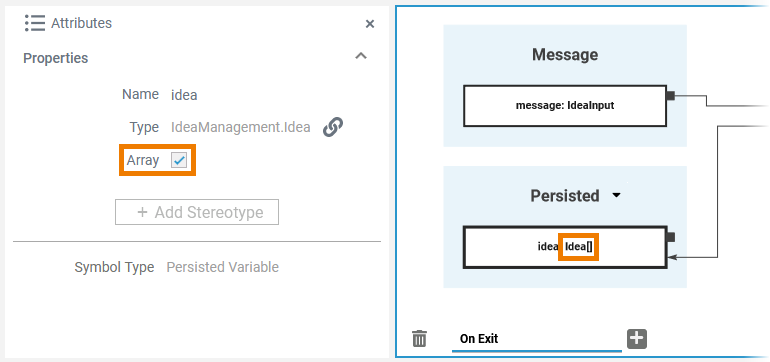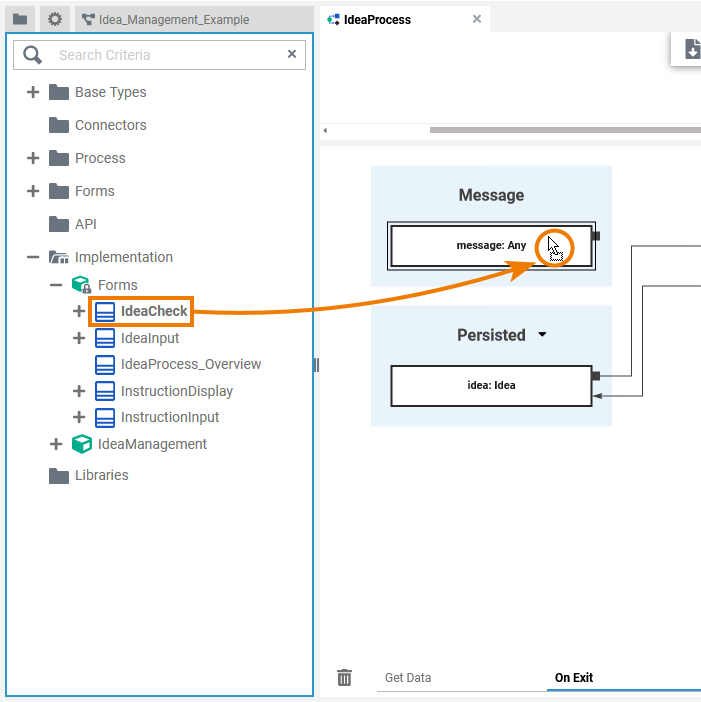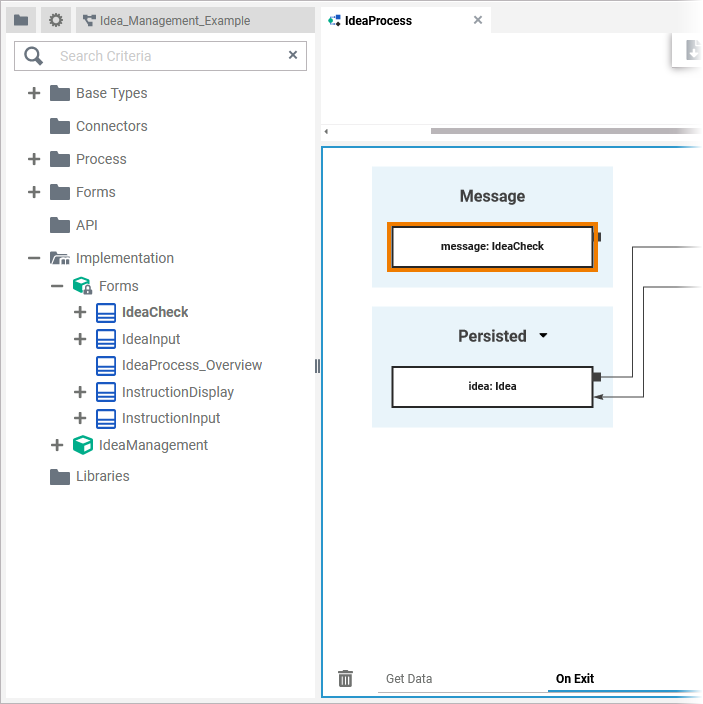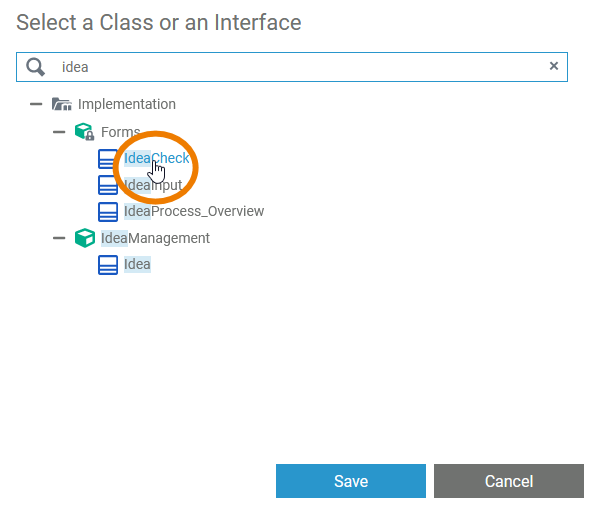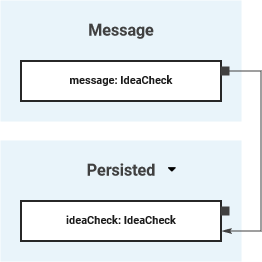Versions Compared
Key
- This line was added.
- This line was removed.
- Formatting was changed.
Adding Variables to the Execution Pane
| Multiexcerpt include | ||||||||
|---|---|---|---|---|---|---|---|---|
|
Select BPMN Element
| To add executional parts to a BPMN element, you must first select the BPMN element on the diagram pane to which you want to add the execution. |
| The execution pane displays the related execution model. If there is no execution model in place, you need to create a new execution model (see Working with the Execution Editor > Adding an Execution Model for details). |
Select Type
Next, you need to select the type of the new variable.
| Go to the Service panel. Types are available from
| ||||||||||
|
Drag Type to Execution Pane
| To add a variable to the execution, simply drag the selected type to the execution pane and drop it to a target area. You can cancel this procedure by pressing Esc or dropping the element outside the execution pane. | ||||||||||||
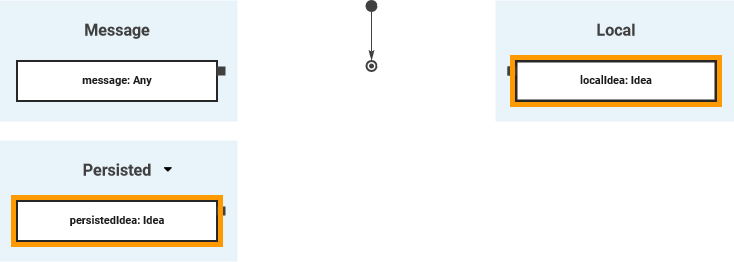 | You can drop the type to different targets:
By dropping a type on an existing variable, you can change the type of the variable (see Changing the Type further below). |
Changing a Variable
Changing the Multiplicity
As per default, variables are created with multiplicity 0..1 but you can change this in the attributes of the variable.
| Open the attributes panel for the variable in question. To change the multiplicity to 0..*, activate checkbox Array. | ||||||
| The element type on the pane now is extended by a pair of square brackets to indicate the new multiplicity. |
Changing the Type
You can change the type of any variable and there are different ways to do so.
| Using Drag & DropYou can change the type of a variable by dragging a type from your library and dropping it on the variable itself. Example: |
| After having dropped the type on the variable, the new type is displayed. Example: |
| Using the Type Selection DialogYou can use the Type Selection dialog to change the type of a variable. Click on the variable you want to adapt and open the attributes panel. Use icon |
| Use the search box on top to find the type you are looking for. Click on the type you want to apply. Then click Save. |
| The dialog closes and the selected type is applied to the variable. |
Changing the Scope
It is also possible to change the scope for a variable. You can drag & drop variables:
- From Local to Persisted
- From Persisted to Local
- From Message to Persisted or Local
| Local to Persisted:
|
| Persisted to Local:
|
| Message to Persisted or Local:
|
Special Case: Adding Persisted Variables
| Tip |
|---|
For detailed information see page Persisting Data. |
| By creating variables as Persisted, they are usable in all executions throughout the BPMN model. | ||||||||
To use a persisted variable, click the | |||||||||
| |||||||||
|
| Panel | ||
|---|---|---|
| ||
|
| Panel | ||
|---|---|---|
| ||
| Otp | ||||
|---|---|---|---|---|
|
| Rde |
|---|

